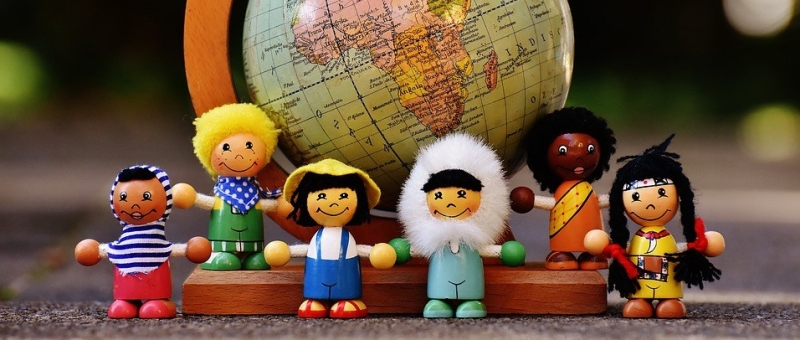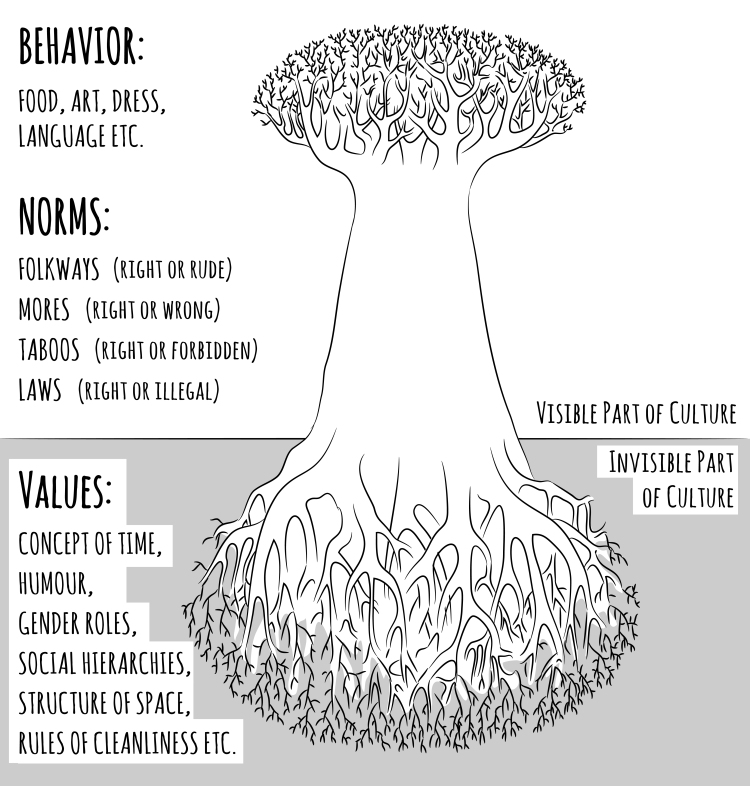Your culture calls light blue and dark blue simply “blue.”
Another culture has two different words for it.
Your culture crumples its toilet paper.
Another folds it.
Another uses no toilet paper at all.
Your culture bows.
Another shakes hands.
Another kisses on both cheeks.
Cultures are different. But none are inferior. And none are unnatural either.
Here’s why.
Stranger Danger
One of the most dangerous ideas in the history of man has been that different equates inferior.
Why is this thought dangerous?
Well, for one, if you view your foreign counterpart as inferior, it goes without saying that you consider yourself superior to him/her.
And when you consider yourself superior, you may try to impose your ideology on the other. That’s happened throughout history, time and again.
When you consider another inferior, you may also justify treating them as such. Treating them like animals.
You may enslave them.
You may abuse them.
You may slaughter them.
It’s a sad reality, but this idea of inferiority is the catalyst to such horrors in our world.
Many of the most heinous crimes against humanity have been committed because of the prejudice that one’s own culture is superior to another’s.
But it isn’t.
Be Fascinated * Give Life Meaning
Cultural norms are natural to their own culture. And they are often a beautiful representation of that culture.
Seeing cultural differences in this light – as natural and beautiful to the culture – will make you more adaptable and successful in a multicultural environment. Adopting this view will help you manage differences (some of which may appear to you as cumbersome or even incomprehensible when compared with your own norms and values).
If you are living and working in a foreign culture, your success depends upon identifying cultural differences and accepting them as they are.
Do not view them in the positive or negative. Such shades are counterproductive.
Instead, take the view of John Hooker who said in his book, Working Across Cultures:
“I have neither the wisdom nor the desire to pass judgment. For me every culture is a source of fascination, because it must encompass all of life and give it meaning.”
And, as with most life-encompassing meanings, none are “less than”. They are the heart of a people, a culture, and should be respected as such.
Next week, we’ll talk about how cultural conditioning creates these differences.


